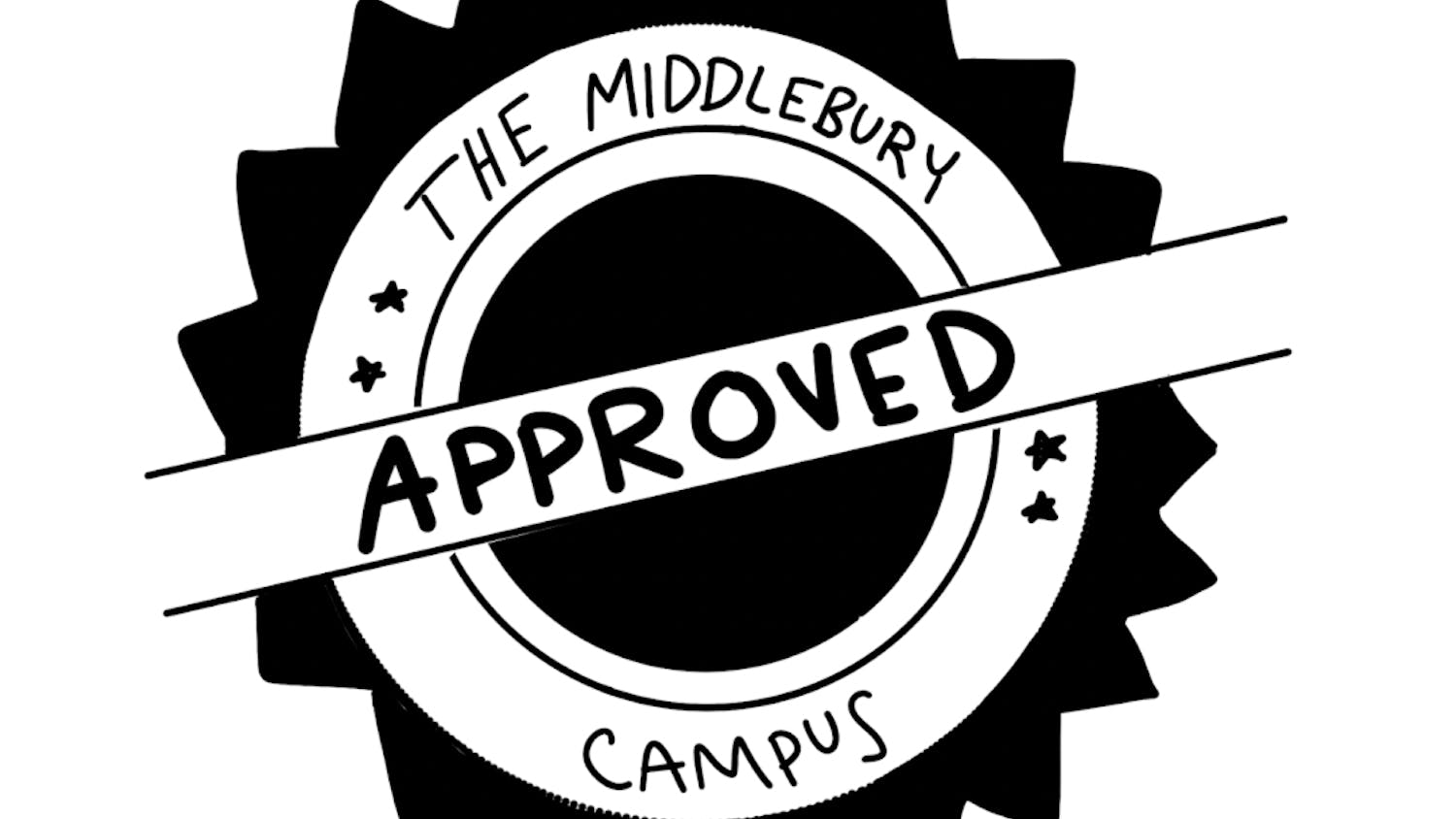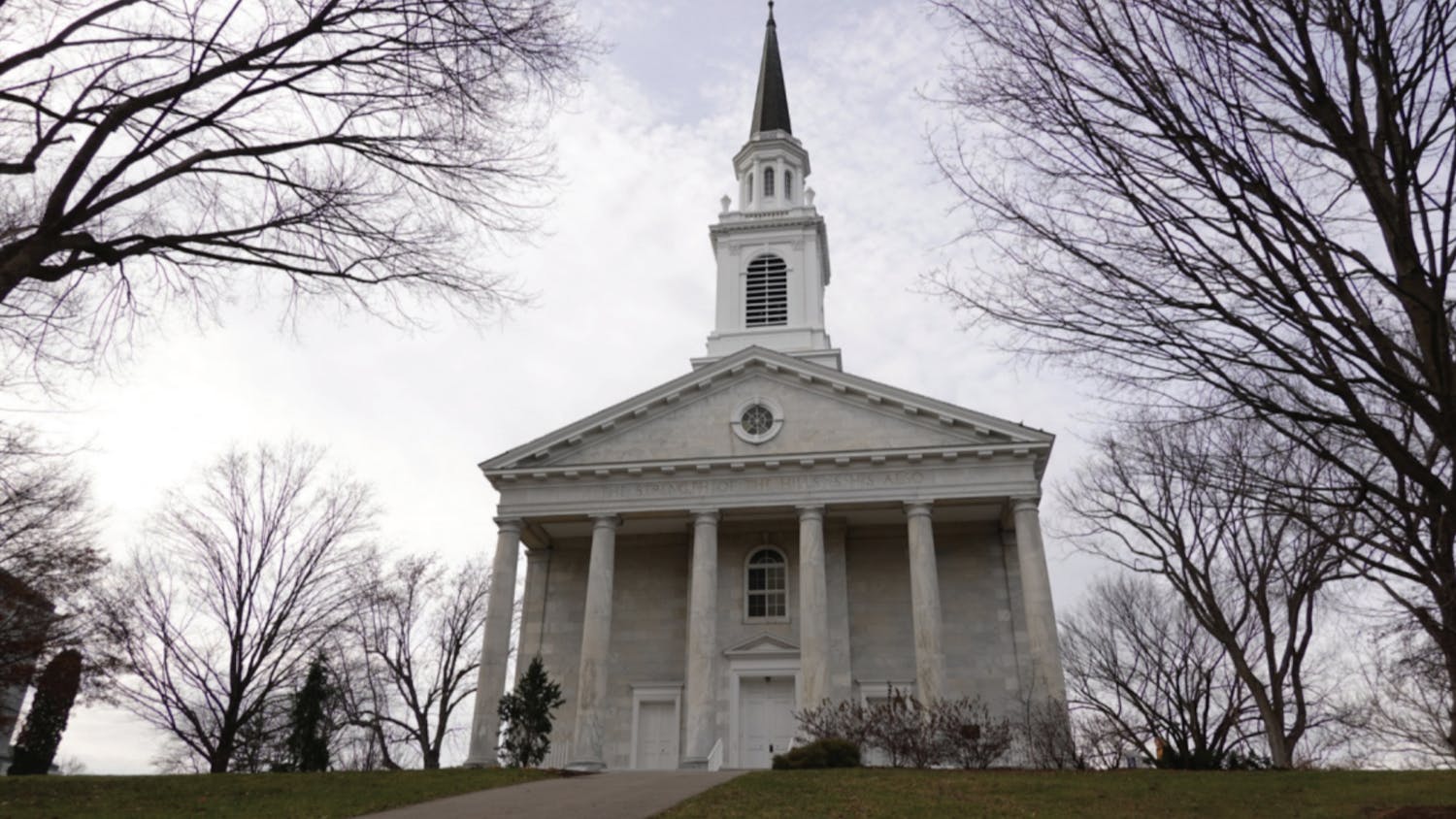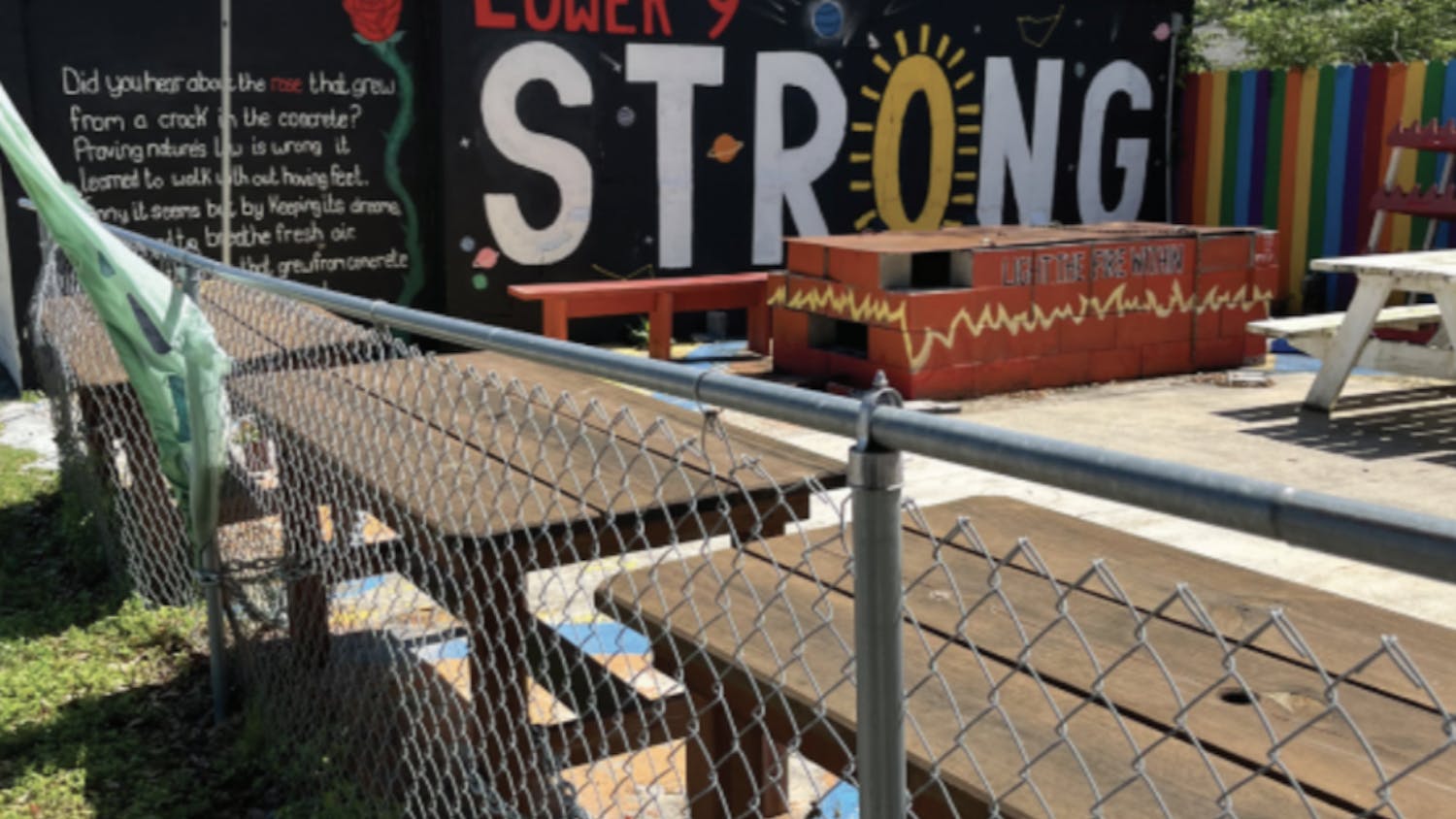Like many who have written already, I want to provide my perspective on the events during Charles Murray’s recent visit. I write as a professor of political science, a scholar of free speech and hate speech, a teacher of courses on race, ethnicity, and diversity and a straight, white man, whose childhood included several years of poverty that included periods on food stamps. I have participated in discussions with a left-leaning group on campus since before the event, and was in sporadic contact with an AEI club member following the event. I have friends, colleagues and students on all sides.
There has been a strong and unfortunate tendency to conflate three forms of protest that took place on the day:
loud and raucous protests outside prior to the event,
louder and more raucous protests inside the venue that eventually succeeded in forcing the event off the stage, and
violent events that took place as participants left the building.
I think conflating these is a mistake. Everyone I know has supported the pre-event protests and roundly condemned the post-event violence. So I focus here exclusively on the “middle protest” — what happened in the room with Murray at the lectern. This has generated the most contentious debate on campus.
The best arguments I’ve heard for shutting down Murray’s speech center on a complete rejection of his stance on biological racial differences, a stance that has formed the basis of truly harmful policies and attitudes. From this perspective, it did not matter that he was not going to speak about The Bell Curve; he is on record as someone who at a minimum gives intellectual support to racists, and the College should not have given him a platform to convey any of his views. Who is next, people have asked, David Duke? Louis Farrakhan? If individuals’ core identities are challenged in ways that have led to hate crimes and genocide, why should we tolerate them on campus?
I sympathize with the pain caused by Murray’s visit. I have listened carefully to the heart-wrenching fears that some of my students have of life in the contemporary United States. But I am not convinced by arguments for shutting down this event. It is all the less persuasive amid assertions that students were just exercising their free speech rights of “simultaneous dialogue” when they impeded Murray from delivering his lecture. This is a fundamental and deeply troubling misconception of free speech. Would the protesters approve of 50 white male students standing up to shout down Shaun King or Ta-Nehisi Coates, or drowning out a lecture that decried masculinity as a threat to our society?
The best arguments I’ve heard for condemning the shut-down are both philosophical and strategic. We cannot operate as a community of learners if guest speakers cannot present their ideas for us to debate as vehemently as required. As a specific tactic, the shut-down has split the very broad coalition of people on campus who are deeply sympathetic to students of marginalized backgrounds, forcing them to choose between free speech and being an ally to the activist protesters. It also drew national media attention to Middlebury in a way that reinforces the public’s visions of college students as “snowflakes,” all while making Murray look like a sympathetic victim and handing him a bullhorn for his ideas.
The protesters forced me to choose, and so I choose free speech. I do that recognizing that I now have to find other ways to reaffirm my commitment to diversity on campus and to supporting students with marginalized backgrounds. I am ready to do that as best I can. It is also important to note that the protesters forced everyone to choose, and several of my students of color were strongly opposed to the shut-down of Murray and firmly in favor of free speech. Two stated that they were being ostracized by friends for their positions. The fissures on campus run deep and in complicated directions.
There is a second level of complexity and nuance that I hope can be recognized in our discussions. It is one that is sorely lacking in much of the media coverage. Not everyone protesting in the room that day was the same. They did not all protest for the same motives. They did not all anticipate the results.
The student leaders certainly knew exactly what they were doing. They were alerted from several quarters that their actions would have truly detrimental effects of a wide variety of sorts, including on a personal level a risk of suspension or expulsion. Like many students in all periods of history, they did not listen. That is their prerogative, and I believe they earnestly felt that it was their moral duty to carry out this form of protest no matter what.
But I have heard from some of the students and faculty who participated by standing up that they did not know the intent was to shut down his speech. Some thought the plan was to stand, shout, then have the core protesters walk out so Murray’s talk could go forward. They were looking forward to Allison Stanger’s pointed questions, and wanted to hear or pose other ones. Some just found themselves caught up in the moment and surrounded by friends who all rose together and stayed standing. To remain seated or to sit down later seemed like it would be an insult to their friends and a tacit endorsement of Murray’s views. We should not assume that 150 students did this with the same knowledge or motives. That may be true of 50 or so leaders and core activists. But it was not true of everyone in the room.
One final thought related to intent. I believe there have to be consequences for the in-room protesters. But because not all protesters were the same, those consequences should be varied. We have a process on campus for determining penalties for breaking College rules, and that should be followed scrupulously, because it allows for context to play a role in a final judgment that is guided by principles of “fundamental fairness.” Given this system, the students (and other community members) in the room should accept responsibility for their actions. As one colleague wrote to me privately, Gandhi and King are remembered because they went to jail, not because they avoided punishment. If you participated in the event because you were morally compelled to do so, I admire your having the courage of your convictions. But you lose any moral high ground if you do not take responsibility for your decisions.
I have tried to focus on several nuances that are missing from many discussions. Not all forms of protest were the same, and we shouldn’t lump their participants together in our minds. Not all protesters in the room had the same intent, and we shouldn’t conflate them. But I also think a clear judgment is required on other fronts. It was unequivocally wrong to shut down Charles Murray’s speech. And anyone involved in doing so should come forward and talk openly about the role they played on the day.
Erik Bleich, professor of political science, writes about free speech and the consequences of protest.



